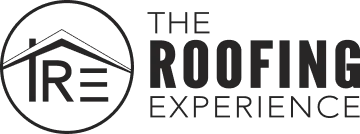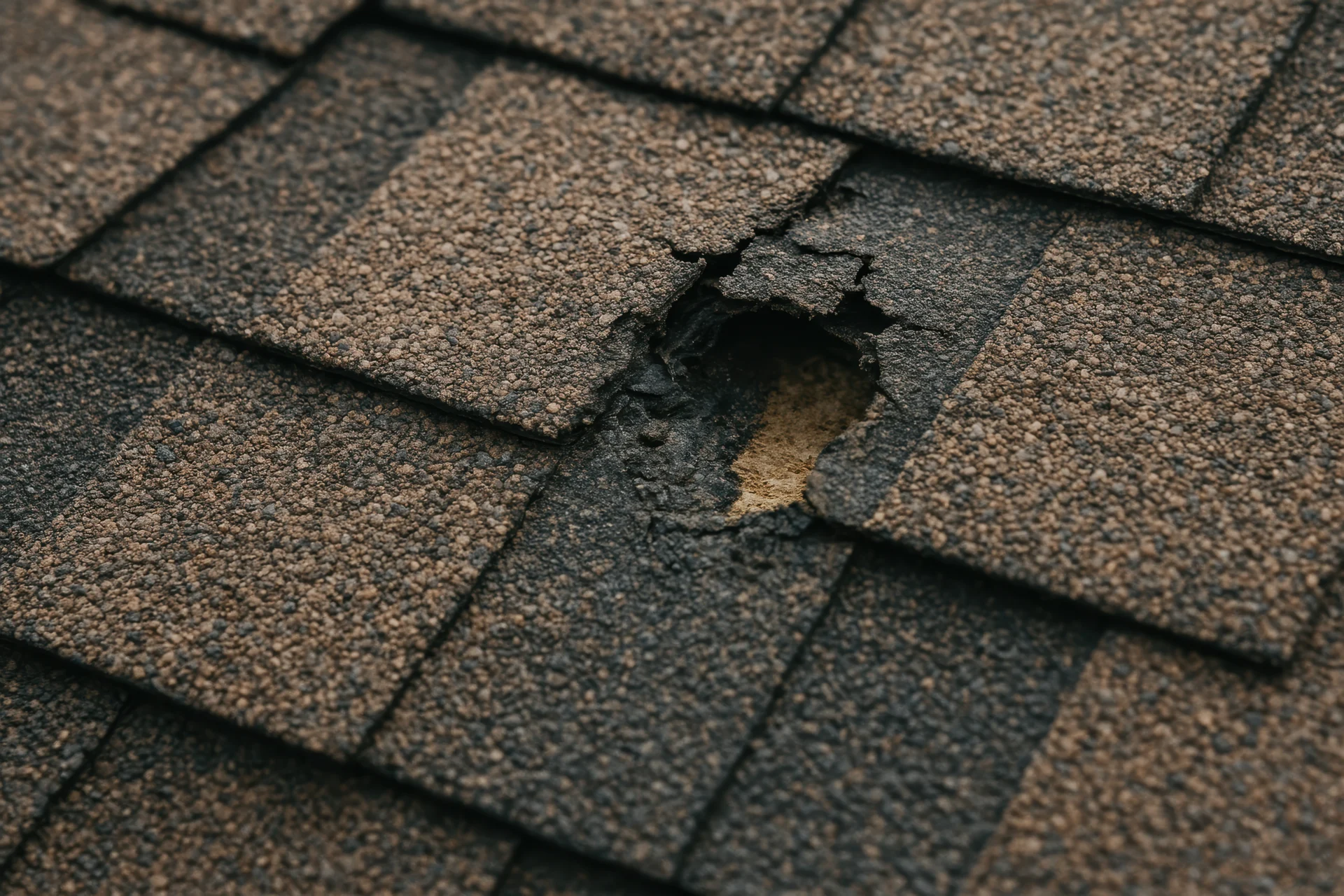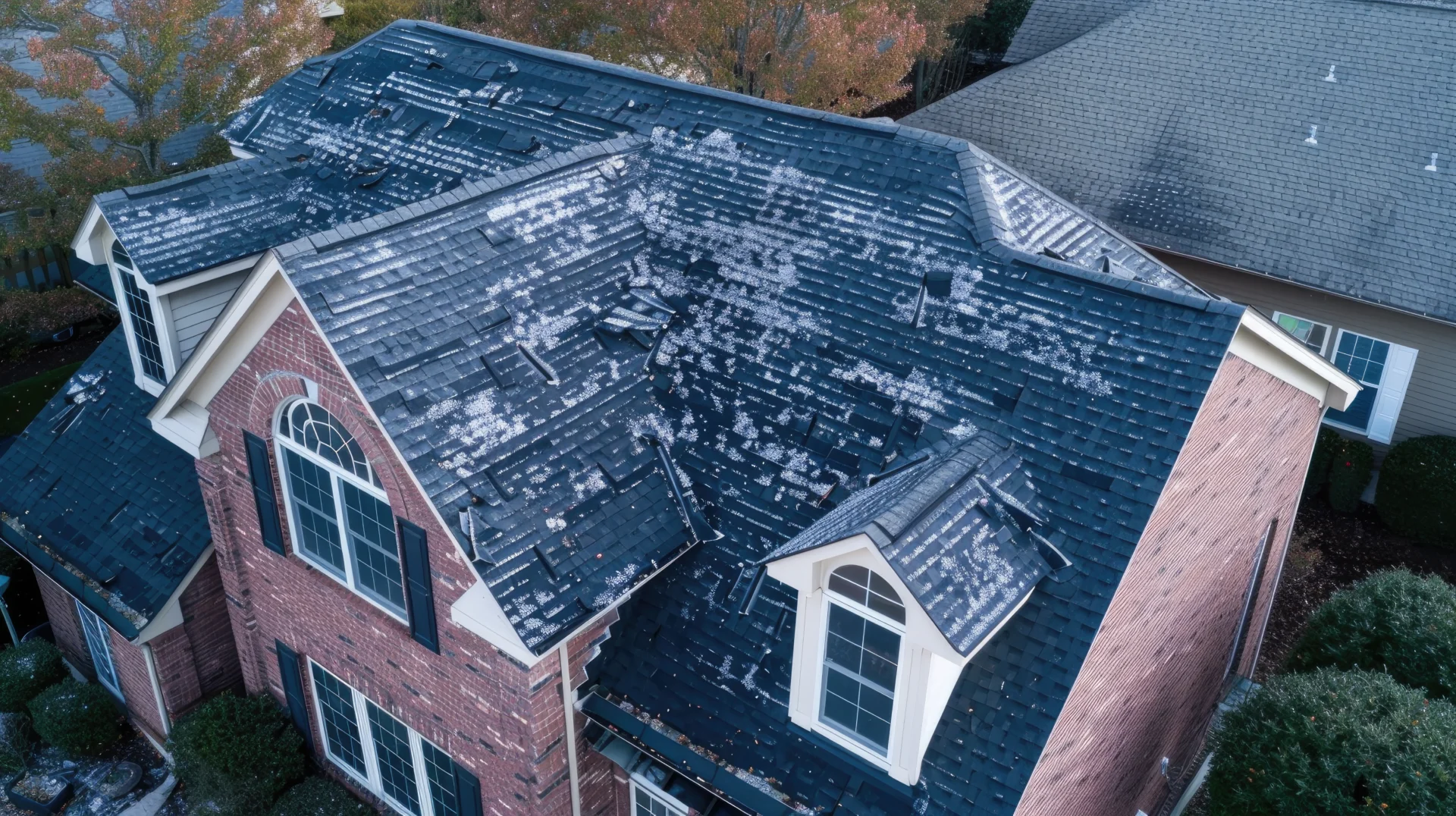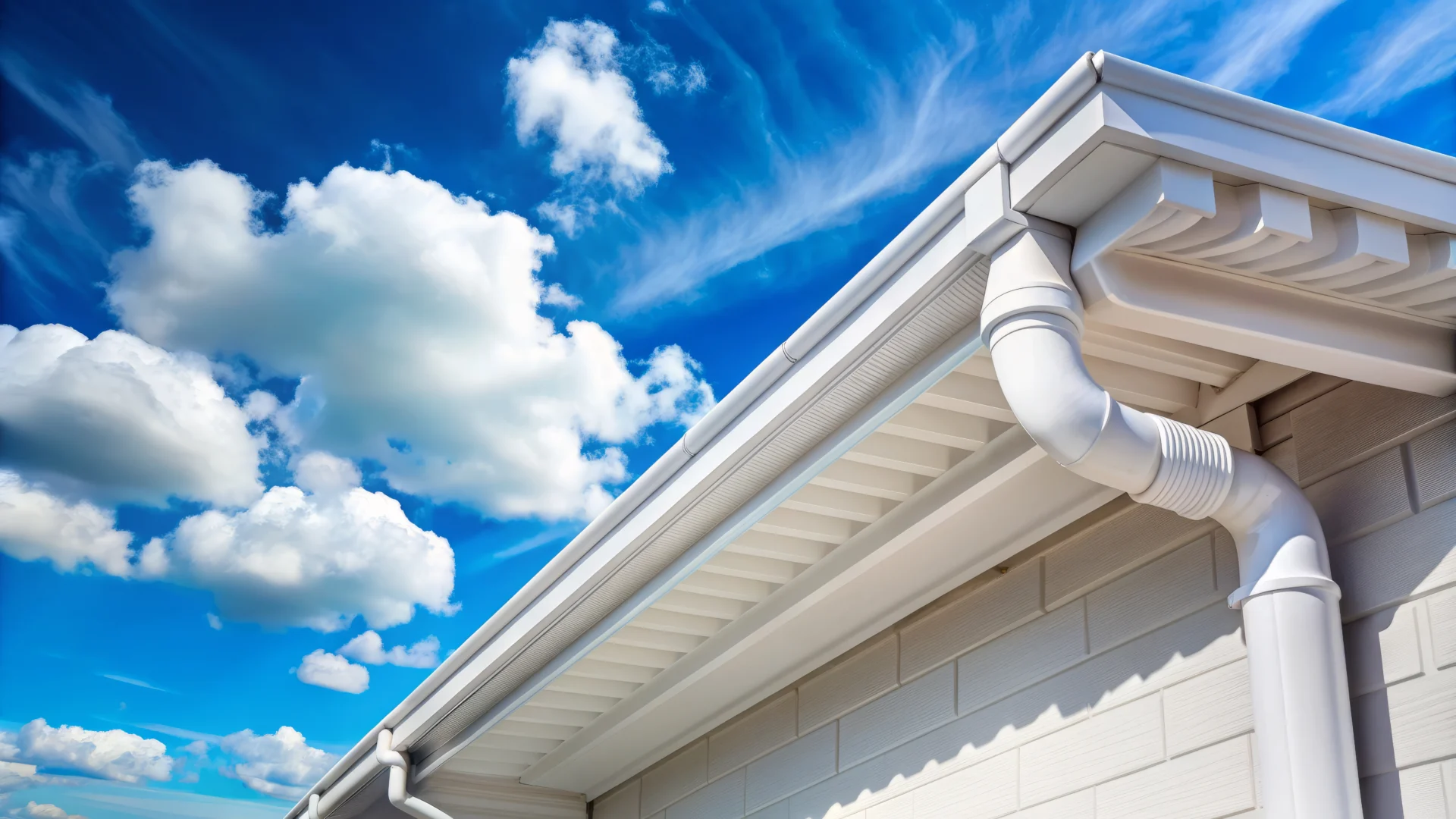Table of Contents
- 1. Call a Local Roofing Contractor in Ogden You Can Trust
- 2. Contact Your Homeowners Insurance Provider
- 3. Remove or Protect Your Belongings
- 4. Leave Roof Tarps and Repairs to the Pros
- 5. Seek a Safe Place Until Repairs Are Complete
- Signs You Might Need Emergency Roof RepaiR
- Why Small Leaks Lead to Big Trouble
- Common Causes of Roof Emergencies in Ogden
- When to Treat Roof Damage as an Emergency
- Schedule Your Emergency Roof Repair in Ogden Today
Emergency Roof Repairs
5 Things to Do When You Need Emergency Roof Repair in Ogden, Utah
When a storm hits Northern Utah or your roof suddenly starts leaking, you don’t have time to waste. Emergency roof repair needs can put your home, health, and safety at risk—especially in unpredictable Utah weather. Whether it’s from snow, wind, hail, or simply age, knowing what to do in the first critical hours can save you thousands in repairs and keep your family safe.
Here at The Roofing Experience, we’re proud to serve homeowners and businesses throughout Ogden and surrounding communities. When disaster strikes, here are the five most important steps you should take when facing emergency roof damage.
1. Call a Local Roofing Contractor in Ogden You Can Trust
Your first move when you notice roof damage? Pick up the phone and call a reputable roofing contractor—immediately. Whether your roof is leaking, sagging, or missing shingles after a storm, you need fast, professional help to prevent further structural or interior damage.
At The Roofing Experience, we offer 24/7 emergency roof repair services throughout Ogden and Northern Utah. Our team is local, licensed, and ready to respond quickly when you need us most. From temporary tarping to full roof replacement, we have the tools, training, and experience to keep your home or business safe.
Local Tip: Avoid national chains or door-knocking storm chasers. Trust a local roofer with strong community roots and proven experience in Utah’s unique climate for your emergency roof repairs.

2. Contact Your Homeowners Insurance Provider
After you call a roofing professional, get in touch with your insurance company. Many emergency roof repairs are covered under homeowners insurance—especially if the damage was caused by a natural disaster such as wind, hail, or fallen trees.
Here’s what to do:
- Document the damage: Take photos or videos of affected areas inside and outside your home.
- Start your claim: Provide your insurer with details, including when the damage occurred and any emergency rood repair measures taken.
- Coordinate inspections: Your insurance company may want to send an adjuster to evaluate the damage. Schedule this at the same time your roofer is on-site so everyone is on the same page.
Pro Tip: At The Roofing Experience, we work directly with insurance companies to help you navigate your claim and make sure you get the compensation you deserve.
3. Remove or Protect Your Belongings
If it’s safe to enter your home, remove valuable belongings from the affected area. Water damage from leaks can ruin furniture, electronics, personal items, and more.
If you can’t move something—like a large couch or entertainment system—cover it with plastic sheeting, garbage bags, or blankets to protect it from dripping water or falling debris. Don’t forget to place buckets or containers under active leaks to catch water and prevent damage to your flooring.
Important: If your roof looks unstable, has sagging ceilings, or you’re unsure about the structure’s safety, do not enter. Prioritize safety and wait for professionals to arrive.
4. Leave Roof Tarps and Repairs to the Pros
It’s tempting to throw a tarp over your roof yourself, especially if rain or snow is coming—but please don’t attempt to climb onto a damaged roof. It’s extremely dangerous, especially during Utah’s icy or stormy conditions.
Professional roofers like our team at The Roofing Experience have the right safety equipment, harnesses, and training to secure tarps and stabilize your roof safely. We can quickly stop the leak and plan for more permanent repairs.
Did You Know? Improper tarping or walking on a compromised roof can void your insurance coverage or make the damage worse.
5. Seek a Safe Place Until Repairs Are Complete
If there’s a threat of roof collapse, widespread leaks, or exposed electrical systems, leave your home and find a safe place to stay until the damage is addressed. That could mean staying with family, booking a local hotel, or using temporary housing assistance through your insurance provider.
Even if the damage seems minor, roofing problems can escalate quickly. Structural damage, mold growth, and electrical hazards can all pose serious risks.
Signs You Might Need Emergency Roof RepaiR
Not all roof damage is obvious, but these signs mean it’s time to act fast:
- Visible roof leaks or water stains on your ceiling
- A sagging or drooping roofline
- Missing or damaged shingles, flashing, or vents
- Daylight visible through attic boards or rafters
- Mold, mildew, or musty smells in the attic
- Popping, cracking, or shifting sounds from above
If you notice any of these red flags, don’t wait. Call a professional immediately to avoid further damage.
Why Small Leaks Lead to Big Trouble
You might think a drip here or there isn’t a big deal—but even minor leaks can cause major long-term issues. Over time, a small roof leak can lead to:
- Rotting wood and warped framing
- Insulation saturation and loss of energy efficiency
- Stains on ceilings and walls
- Mold and mildew growth
- Electrical hazards or fire risks
Reminder: The longer you wait, the more expensive and extensive the damage becomes.
Health Hazards of a Damaged Roof
Beyond the financial and structural concerns, a leaking roof can become a serious health hazard. Mold and mildew thrive in dark, damp environments—especially in attics and insulation. These allergens can trigger:
- Asthma attacks
- Respiratory infections
- Skin irritation
- Chronic sinusitis
- Allergic reactions (sneezing, itchy eyes, rashes)
And in severe cases, toxic mold exposure can lead to neurological issues or serious infections—particularly in children, seniors, and people with weakened immune systems.
Common Causes of Roof Emergencies in Ogden
Living in Ogden means dealing with all four seasons, and each one presents a new threat to your roof. The most common causes of emergency roof repair needs include:
- Hail storms: Hail can bruise or crack shingles, reducing their ability to protect your home.
- Heavy snow: Accumulated snow and ice dams can add dangerous weight and trap water on your roof.
- Wind damage: High winds can lift shingles, rip off flashing, or dislodge entire roof sections.
- Falling trees or branches: Storms often bring debris crashing down.
- Age and wear: Over time, even the best roofs degrade and become more vulnerable to damage.
Local Insight: Many homes in Ogden have aging asphalt shingle roofs. If yours is over 15 years old, it may be time for a professional inspection—before disaster strikes.
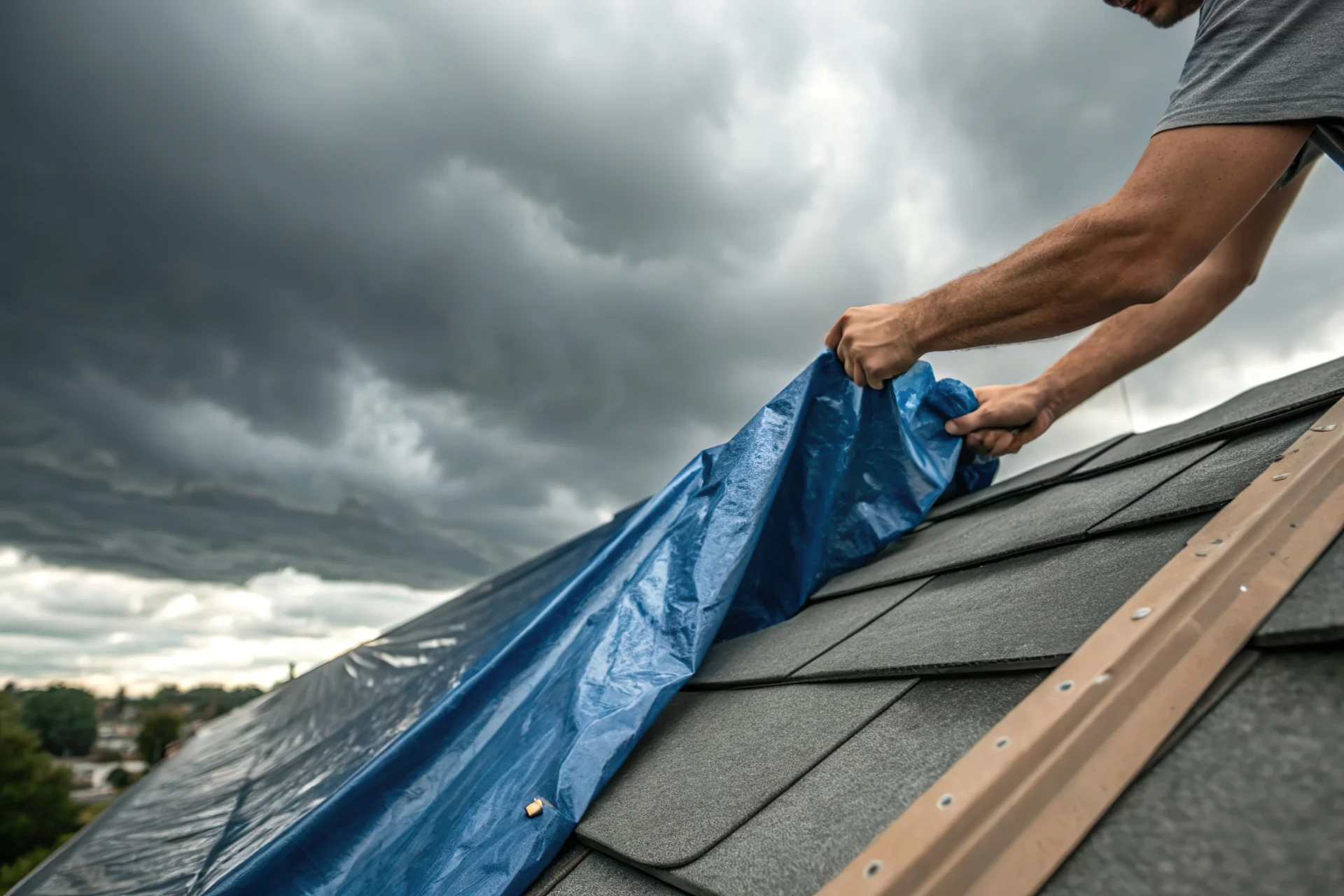
When to Treat Roof Damage as an Emergency
Roof damage becomes an emergency when:
- Your home is no longer protected from the elements
- Interior leaks or sagging threaten the structural integrity
- Water has entered electrical systems
- Mold is present and spreading
- You or your family’s safety is at risk
Schedule Your Emergency Roof Repair in Ogden Today
At The Roofing Experience, we understand how stressful roofing emergencies can be. That’s why we respond quickly, provide honest evaluations, and work hard to get your home safe and dry—fast.
Need help now? Call our Ogden-based team any time, day or night. We offer free roof inspections, help you navigate insurance claims, and provide long-lasting repairs that restore your peace of mind.
Call today or schedule your emergency roof inspection online.
